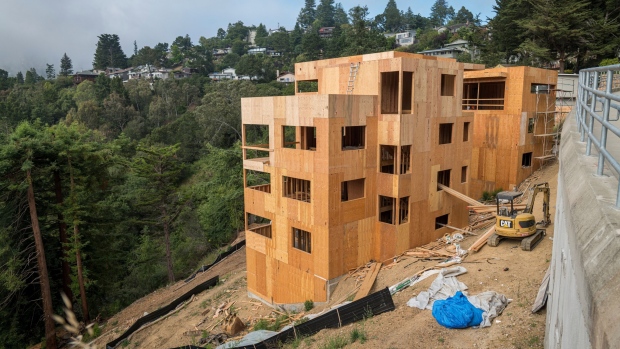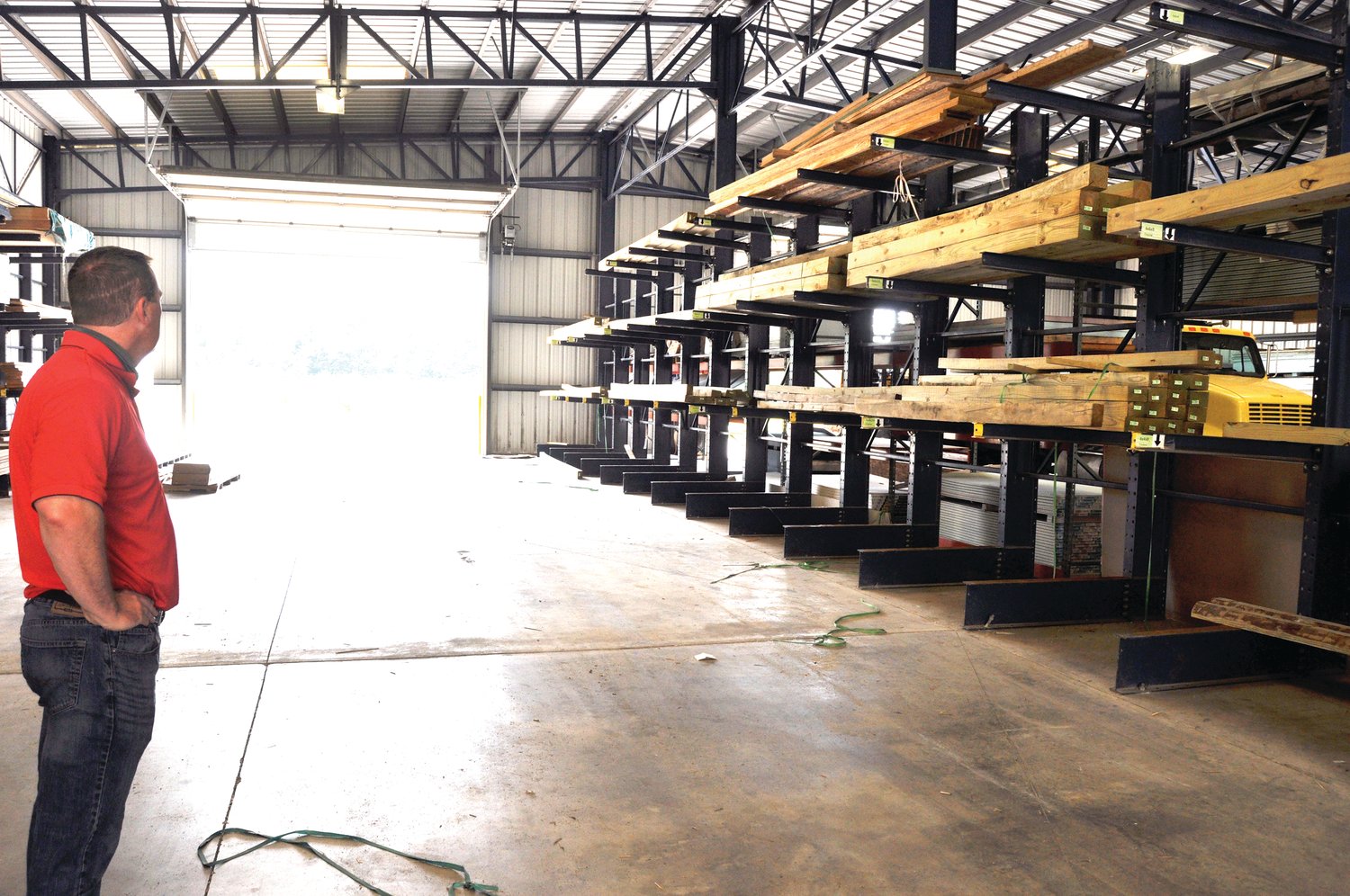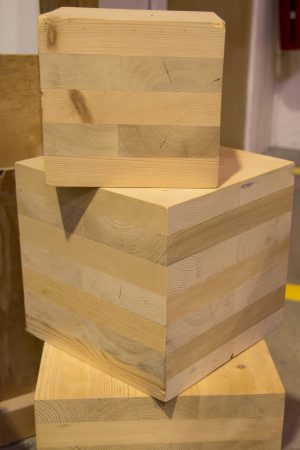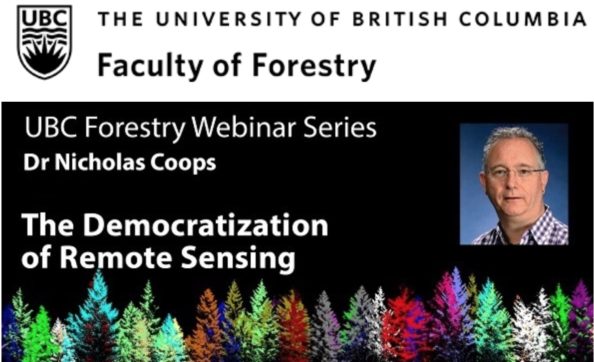 The US Dept of Commerce announced the immediate lifting of tariffs on Canadian Western Red Cedar shakes & shingles. In related news: the softwood lumber dispute adds to US homebuilder costs; lumber and panel shortages put consumers on hold in Nova Scotia and North Carolina; Norbord continues with flexible operations; the ProDealer summit goes virtual; and Canada’s consumer confidence rises for 10th straight week.
The US Dept of Commerce announced the immediate lifting of tariffs on Canadian Western Red Cedar shakes & shingles. In related news: the softwood lumber dispute adds to US homebuilder costs; lumber and panel shortages put consumers on hold in Nova Scotia and North Carolina; Norbord continues with flexible operations; the ProDealer summit goes virtual; and Canada’s consumer confidence rises for 10th straight week.
In other news: BC wildfires are down by 1/3 due to a soggy June; beetle-mania in North Eastern Ontario is linked to past forest fires; the BC College of Applied Biology on the regulated and reserved practice of applied biology; and fire concerns persist with mass timber towers.
Finally; the democratization of remote sensing, a webinar by UBC’s Nicholas Coops.
Kelly McCloskey, Tree Frog Editor


 TORONTO – Norbord Inc. today announced an update regarding the second quarter 2020 capacity utilization of its North American oriented strand board (OSB) and European panel mills. On March 25, in response to the significant market uncertainty from the COVID-19 pandemic, Norbord announced adjustments to its operating configuration to match production with reduced demand for its products. On May 6, as part of its first quarter 2020 results, Norbord announced that it had reduced its operating mill capacity by approximately 35% for the month of April, but that there were early signs of improvement across various end markets for the Company’s products. …Given the uncertainty around the depth and duration of the economic impact of COVID-19, the Company will continue to use the flexible operating strategy employed during the early stage of the pandemic to adjust operating schedules as necessary.
TORONTO – Norbord Inc. today announced an update regarding the second quarter 2020 capacity utilization of its North American oriented strand board (OSB) and European panel mills. On March 25, in response to the significant market uncertainty from the COVID-19 pandemic, Norbord announced adjustments to its operating configuration to match production with reduced demand for its products. On May 6, as part of its first quarter 2020 results, Norbord announced that it had reduced its operating mill capacity by approximately 35% for the month of April, but that there were early signs of improvement across various end markets for the Company’s products. …Given the uncertainty around the depth and duration of the economic impact of COVID-19, the Company will continue to use the flexible operating strategy employed during the early stage of the pandemic to adjust operating schedules as necessary.






 This webinar hosted by the UBC Faculty of Forestry will help you learn more about remote sensing technologies and how to maximize the potential of the data they produce. Thursday, July 9, 2020 – 12:00PM – 1:00PM PDT. Remote sensing – collecting imagery of the Earth’s surface – is cheaper and easier than ever before. We can now see everything from a single leaf to the entire planet. The technology has exploded in the past five years, with vast amounts of data generated everyday. But data isn’t knowledge or insight, and making that conversion is the key to making sound decisions for your business or organization. Professor Nicholas Coops is a recognized expert in remote sensing, and a key contributor to Canada’s world-leading position in remote sensing in forestry.
This webinar hosted by the UBC Faculty of Forestry will help you learn more about remote sensing technologies and how to maximize the potential of the data they produce. Thursday, July 9, 2020 – 12:00PM – 1:00PM PDT. Remote sensing – collecting imagery of the Earth’s surface – is cheaper and easier than ever before. We can now see everything from a single leaf to the entire planet. The technology has exploded in the past five years, with vast amounts of data generated everyday. But data isn’t knowledge or insight, and making that conversion is the key to making sound decisions for your business or organization. Professor Nicholas Coops is a recognized expert in remote sensing, and a key contributor to Canada’s world-leading position in remote sensing in forestry. 






